Monday, February 08, 2016
Peneplain
Published on Feb 8, 2016 voltlife
"An ambient piece that drifts through darkness and light with minimal human intervention. The tones are mostly conventional, but the interesting part is the way that structure can be given to what could be an endlessly self-running generative patch.
The main drone is a Verbos Harmonic Oscillator through Doepfer A189-1 (in short delay mode) and uVCF (slightly resonant LP). Slow modulations affect the width and centre inputs of the HO, the BC input of the A189-1 and the filter cutoff: interactions between the harmonic movements from the oscillator, A189-1 delay time and filter cutoff produce ever-changing textures ranging from slow swells to softened digital glitches.
The quasi-melodic part is Braids in PLUK mode, with the semi-random melody coming from an A149-1, quantised to a pentatonic scale by Braids, while Klasmata generates Euclidean triggers to drive the plucks. I usually find the pluck mode a bit harsh on Braids, so I used an R52 to warm it up and a Serge Resonant EQ to roll off the lows and vaguely emulate a resonant body from an acoustic instrument. Both drone and plucks go into Erbe Verb set to massive, spacious, on-the-edge-of-oscillation mode.
There's also a couple of plonky tuned percussion parts that come in during the middle section. These start with two individual harmonics from the HO, so they'll always be in tune with the drone. These go through two channels of Optomix (though one is first ring-modded against itself to double its pitch), into Wow and Flutter for some quick warbly delays, then into a Vox Delay Lab for a longer stereo delay with reverse effects.
The structure is all driven by a Verbos Voltage Multistage, which is clocked by a uLFO to get longer step lengths than the VM can do with its internal clock. CVa controls the density of Klasmata's rhythms, from one pluck per bar through to livelier patterns in the middle. CVb controls Erbe Verb's mod depth, pushing it up into shimmer mode at various stages to create a choir-like backing. Two VM gate outs drive a sequential switch to turn the Optomix percussion on for a few stages then off again. The uLFO's sine out controls the uVCF cutoff, subtly reinforcing the stage movements with filter swells.
Within that structure, the generative elements come from the A149-1 and a Turing Machine, combined with switches and logic. The Turing's Pulse 1 out clocks the A149-1, thus controlling when new notes are generated. Its Voltage out controls pluck length while the main output controls the R52 cutoff to further mute the shorter plucks. The timing of the percussion also comes from a combination of the Turing's Pulse outs with logic and clock division. Given the shift-register-based quasi-randomness of both the A149-1 and the Turing, combined with the Klasmata rhythms, this gives subtle structure to the melodic patterns."
PREVIOUS PAGE
NEXT PAGE
HOME
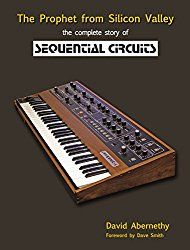



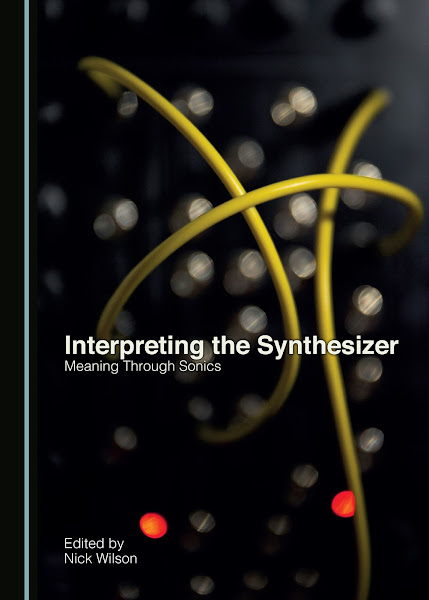
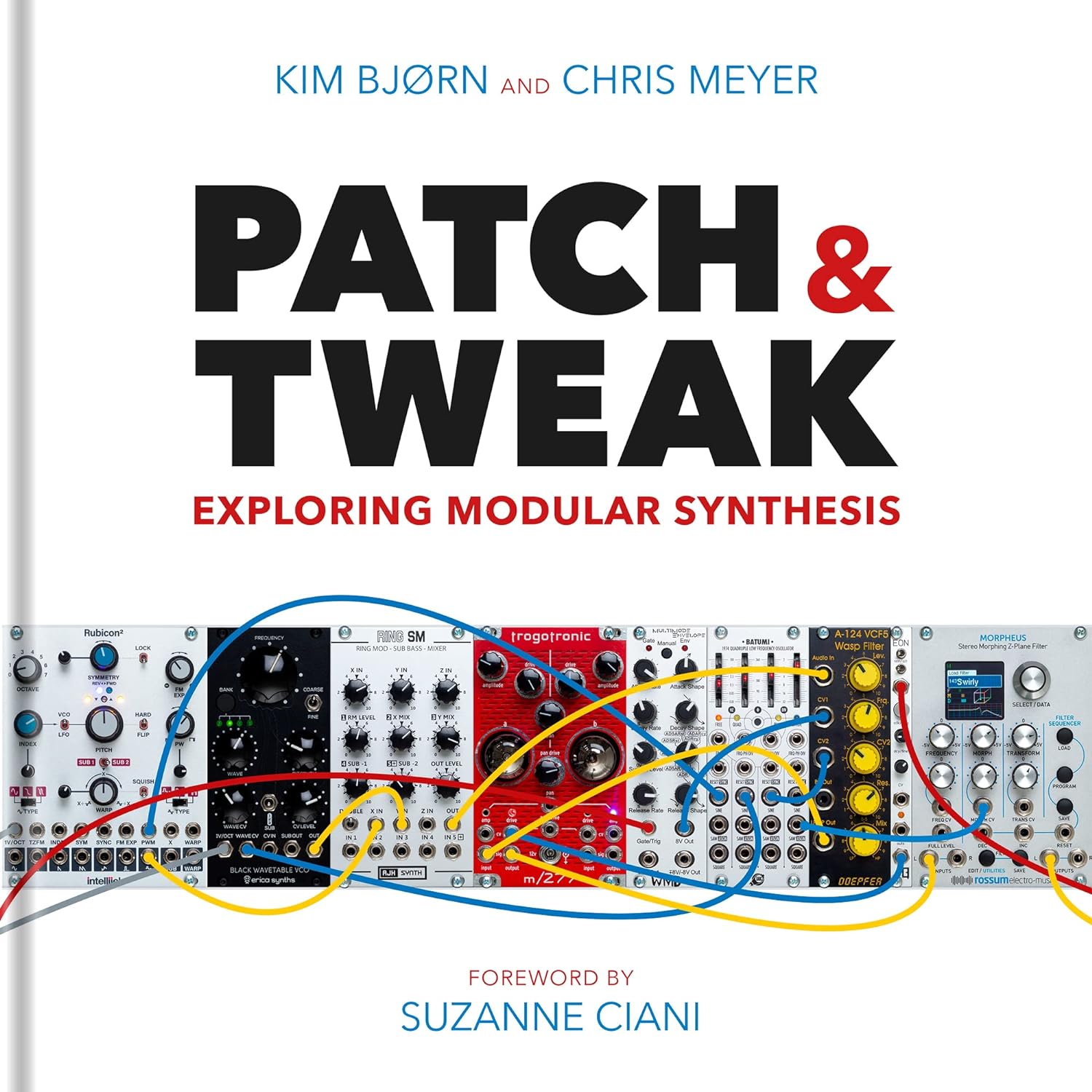

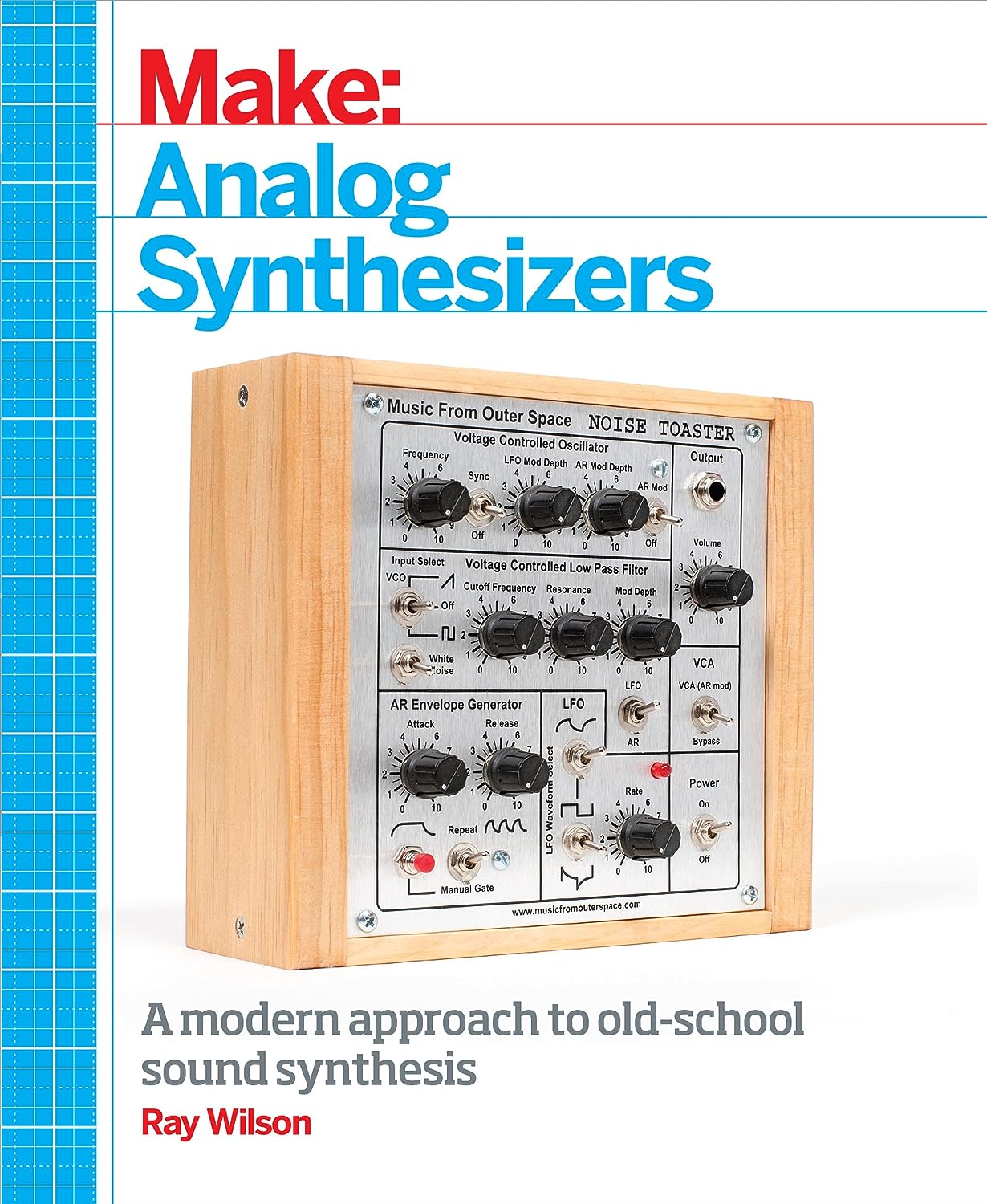


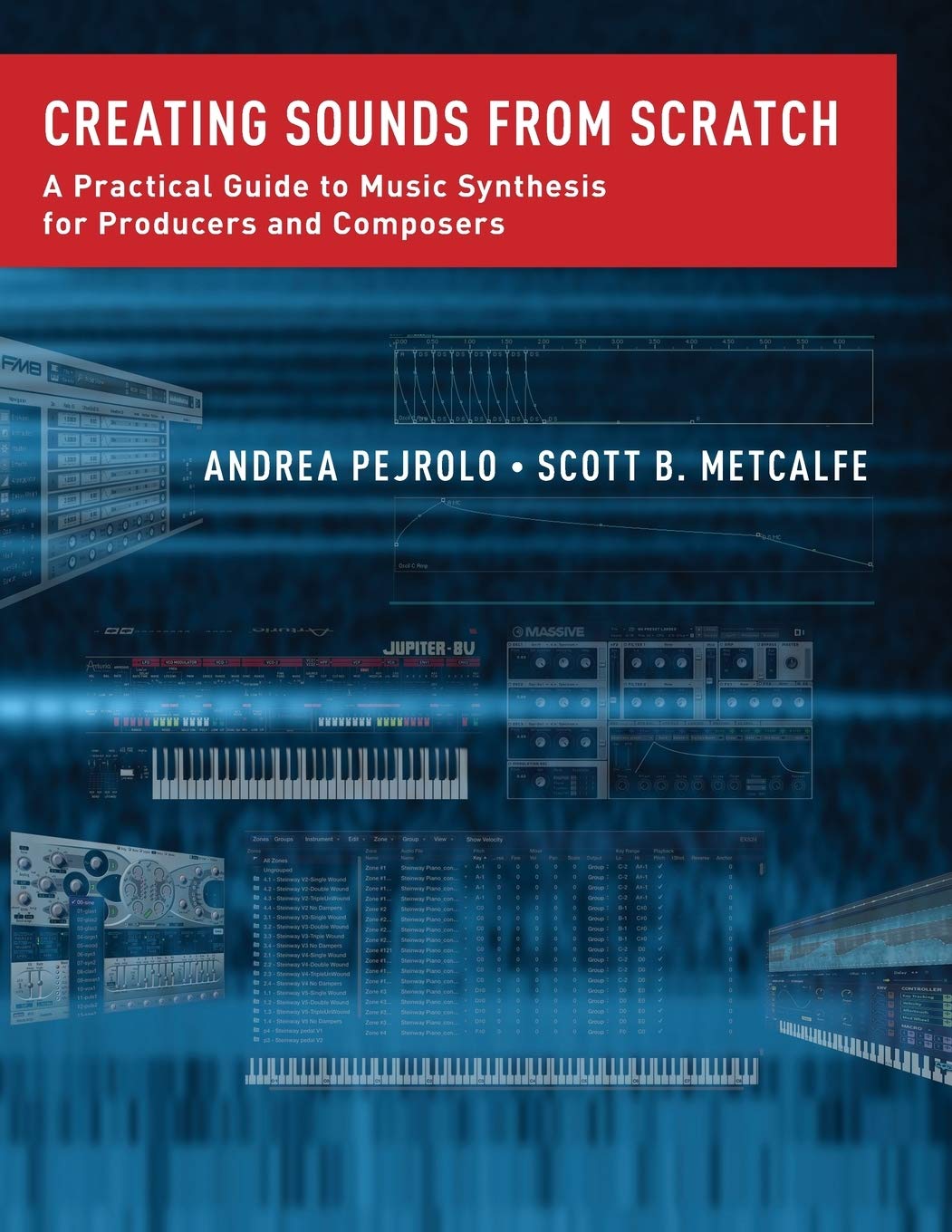
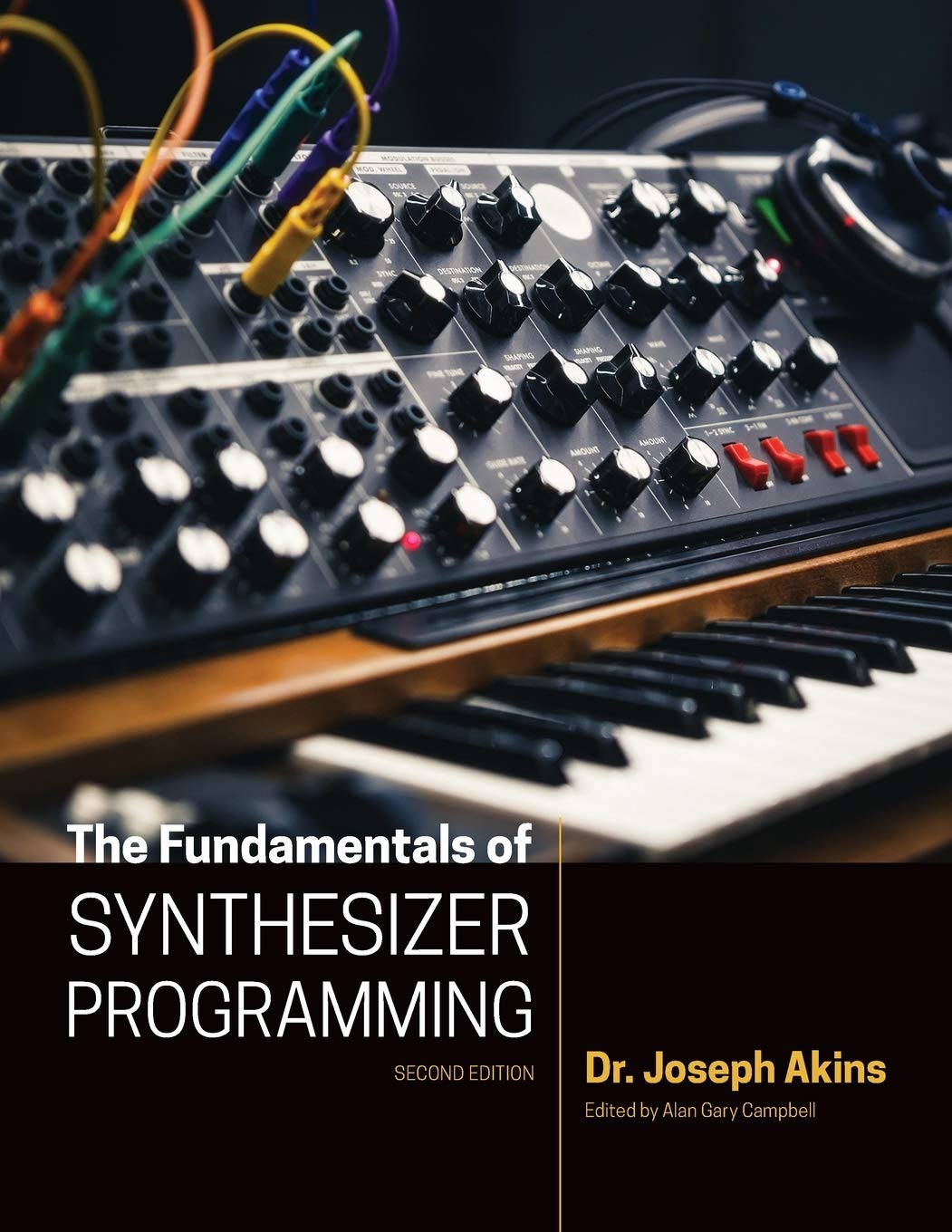

© Matrixsynth - All posts are presented here for informative, historical and educative purposes as applicable within fair use.
MATRIXSYNTH is supported by affiliate links that use cookies to track clickthroughs and sales. See the privacy policy for details.
MATRIXSYNTH - EVERYTHING SYNTH













© Matrixsynth - All posts are presented here for informative, historical and educative purposes as applicable within fair use.
MATRIXSYNTH is supported by affiliate links that use cookies to track clickthroughs and sales. See the privacy policy for details.
MATRIXSYNTH - EVERYTHING SYNTH
Subscribe to:
Post Comments (Atom)
























No comments:
Post a Comment
Note: To reduce spam, comments for posts older than 7 days are not displayed until approved (usually same day).